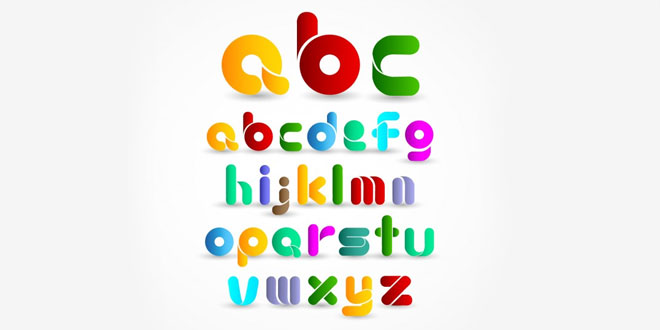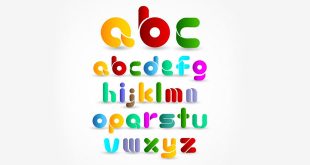Comparison Degrees
There are mainly three types of degrees of comparison namely:
- Positive degree of comparison – ‘That song is fast’. Here, fast is a positive-degree adjective where it describes the song without drawing any comparisons with anything else.
- Comparative degree of comparison – ‘That song is faster than the previous one’. Here, faster is a comparative-degree adjective where one song is being compared to another.
- Superlative degree of comparison – ‘That song is the fastest one on the CD’. Here, ‘fastest’ is a superlative-degree adjective where it compares a particular song with all the others in the CD and ranks it higher than any other song.
Comparison Rules & Tips
While comparing most adjectives, we add ‘-er’ and ‘-est’ at the end of the original adjectives to make the word comparative and superlative.
For example:
- Positive – Short Comparative – Short + ‘er’ – Shorter Superlative – Short + ‘est’ – Shortest
- Positive – Great Comparative – Great + ‘er’ – Greater Superlative – Great + ‘est’ – Greatest
If an adjective ends with consonant followed by ‘y’, then the ‘y’ is changed to ‘-i’ and is then followed by ‘-er’ for comparative degree and ‘-est’ for superlative.
For example:
- Positive – Lucky Comparative – Luck + ‘i’ + ‘er’ – Luckier Superlative – Luck + ‘i’ + est – Luckiest
- Positive – Silly Comparative – Sill + ‘i’ + er – Sillier Superlative – Sill + ‘i’ + est – Silliest
Add ‘more’ or ‘less’ in front of the long adjectives, i.e. the ones with two or more syllables, to express the degree of comparison
For example:
- Positive – Beautiful Comparative – More Beautiful Superlative – Most Beautiful
- Positive – Alert Comparative – More Alert Superlative – Most Alert
In case of irregular adjectives, these above rules do not apply. Examples below seek to offer a clear understanding of the irregular adjectives:
- Positive – Bad Comparative – Worse Superlative – Best
- Positive – Old Comparative – Elder Superlative – Eldest
Positive Degree Of Comparison
The positive degree is the most basic and the simplest degree of comparison. It does not relate to any superior or inferior quality of any other thing. The positive form is the basic form which denotes just the existence of the quality in the thing. Adjectives in positive degree are used when there is no need of any comparison or and comparison required in the sentence. They are used merely to say or describe the quality in question. It is merely a fact stated using a very basic non-comparative language and terms. Positive degree is used when there is just one thing to be described or talk about and nothing to compare it with.
The examples under this can be:
- He is a tall student.
- This flower is beautiful.
- John is handsome.
- This fruit is as sweet as that one
- No other food is as nourishing as milk.
Comparative Degree Of Comparison
Comparative degrees help in comparing two different things or two sets of things. It denotes that one thing displays a greater amount of a quality compared to something else. We generally use both positive degree and comparative degree when we compare two things with each other. The comparative degree of an adjective expresses a high degree of the quality than that present in the positive degree.
The examples under this can be:
- He is more intelligent than this boy.
- This flower is more beautiful than that.
- Which of the two sisters is prettier?
- My wife’s CD collection is larger than my son’s.
- Gold is more precious than any other metal.
Superlative Degree Of Comparison
Superlative degree exists to explain the last degree where the thing is question far exceeds all other in the quality in question. In this form, comparisons are drawn between more than two things and one of them is considered higher than all other. It can be used for a comparison between things, animals or persons to point out the particular highest degree of that quality.
The examples under this can be:
- This is the biggest house in this street.
- He is the tallest student in this class.
- Alice is the prettiest girl in the neighborhood.
- He is the heaviest brother.
- Hercules was the strongest of all men.
Comparisons are important in every walk of life and while people say that these are not always in everybody’s best interests, there is no denying that knowing how to express these comparisons goes a long way in cementing your hold on the English language.
 Class Notes NCERT Solutions for CBSE Students
Class Notes NCERT Solutions for CBSE Students


